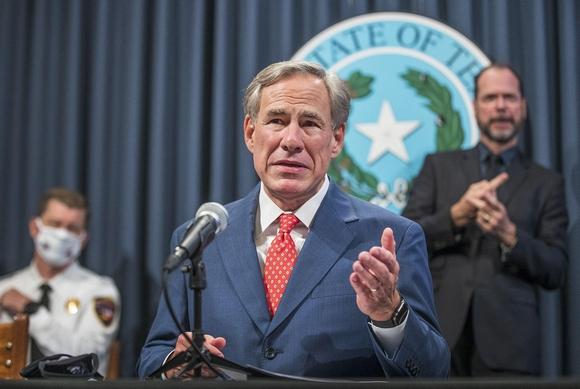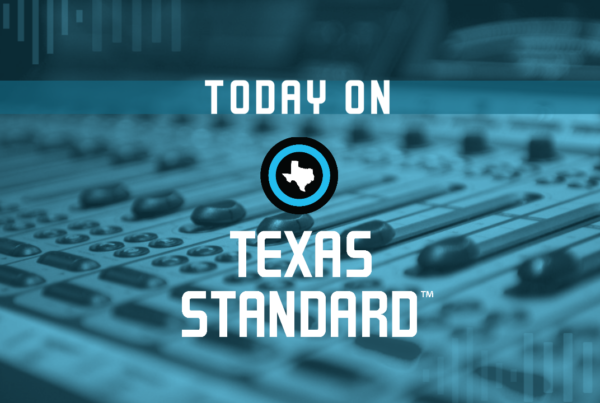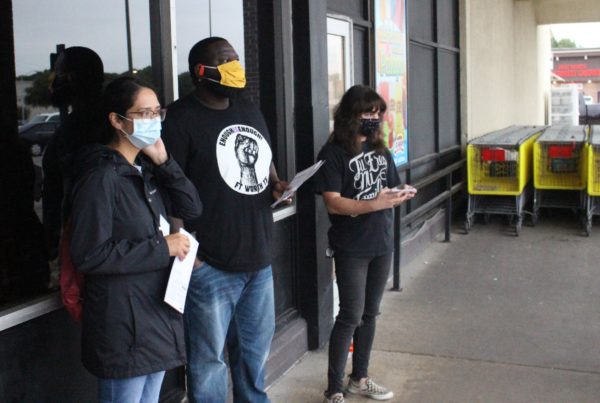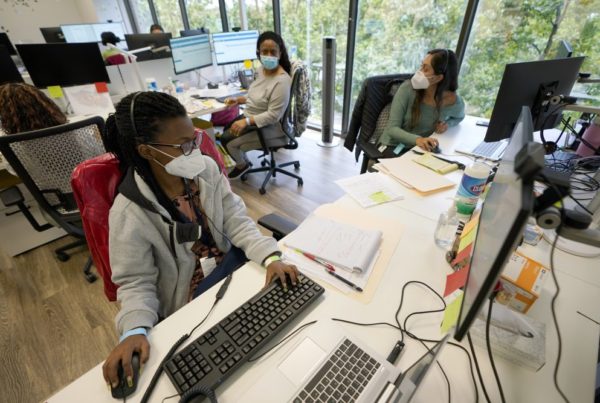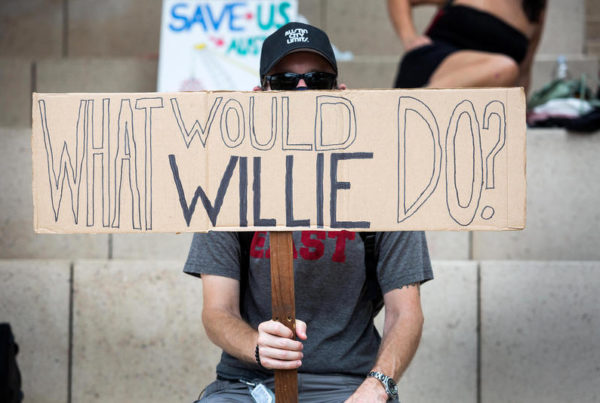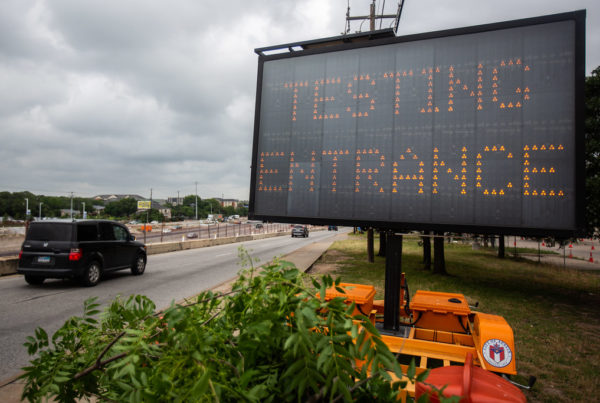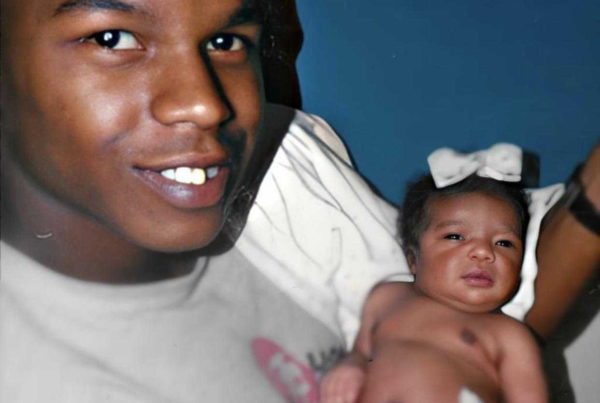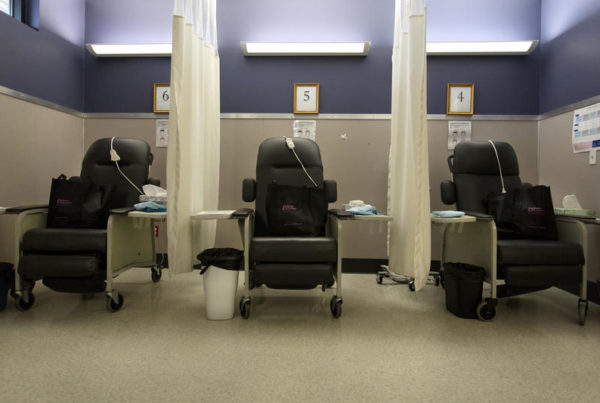From the Austin American-Statesman:
Gov. Greg Abbott said Thursday that he would allow businesses to expand pandemic limits on capacity in most of the state, citing a decline in coronavirus hospitalizations.
The order allows businesses operating at 50% capacity to move to 75% starting Monday. That includes restaurants, retail, office buildings, manufacturing, gyms, libraries and museums. Bars remain closed under the order, although some have been able to reopen by selling more food than alcohol.
“Without vaccines available, containing COVID is a challenge, but Texans have already shown that they are up to that challenge,” Abbott said at a Capitol news conference. “As we go about the process to continue to contain COVID, we will also continue to work to open up Texas.”
And Abbott is allowing hospitals in much of the state to resume elective surgeries, effective immediately. Nursing homes and other long-term care facilities may resume visitations next Thursday, as long as there are no outbreaks at those facilities.
Three regions are not included in the order: the Rio Grande Valley and the Laredo and Victoria areas, where Abbott said the number of Texans being treated in hospitals remains too high.
Statewide, 3,246 coronavirus patients are being treated in Texas hospitals, according to Thursday figures. The number has leveled off over the last week and is at its lowest point since June 19. That was days before Abbott shut down bars and dialed back restaurant occupancy limits amid concerns that the virus was spreading rapidly through the state.
Hospitalizations reached a peak of 10,893 on July 22.
Abbott credited the drop in hospitalizations to Texans following his order to wear masks in public spaces, issued July 2, and keeping social distance from others, as well as washing hands. The mask order remains in place under his latest guidelines.
Abbott was joined at his announcement by Lt. Gov. Dan Patrick, House Speaker Dennis Bonnen, R-Lake Jackson, and state health and emergency management leaders.
“The plan that the governor and other state leaders outlined today is going to work when we remember to continue prevention, prevention, prevention,” said Dr. John Hellerstedt, commissioner of the Texas Department of State Health Services.
Hospitalizations
Nearly three weeks ago, Abbott hinted that he was poised to ease coronavirus restrictions in Texas, citing a decline in hospitalizations across the state.
On Thursday, Abbott called hospitalizations the “most important” metric in tracking the spread of the virus.
Abbott said he’ll primarily use hospitalization data to determine whether it’s safe for businesses to expand capacity in a region.
“When COVID hospitalizations are high, that means the spread of COVID is excessive in a particular region and corrective action is needed,” he said. “When hospitalizations are low, it means that COVID is better contained in that region and that businesses can reopen.”
If COVID-19 patients occupy fewer than 15% of hospital beds in a region for seven consecutive days, the area is on track for relaxed rules, he said.
At the same time, coronavirus hospitalizations rising above 15% in a region over the same period points to tighter restrictions, Abbott added.
The state is divided into 22 hospital regions. Health officials track how many hospital beds and intensive care unit beds are available in each area.
In the Austin region, nearly 3% of the 3,273 staffed hospital beds are occupied by COVID-19 patients, according to state health data.
More than 14,000 Texans have died from the coronavirus, more than half of those in the past two months, according to the latest data from state health officials.
The Department of State Health Services reported 3,518 new coronavirus cases Thursday. The seven-day average of new cases generally has declined since mid-July, though has ticked upward since Monday.
Reaction
Democrats criticized Abbott’s move Thursday, saying the state’s data aren’t reliable enough and another spike in cases could lead to unnecessary deaths.
State Rep. Gina Hinojosa, D-Austin, said that expanding business capacity makes it harder for schools to reopen.
“We should prioritize opening schools before restaurants, gyms, etc.,” Hinojosa tweeted. “The economy won’t thrive w/ kids home.”
And Manny Garcia, executive director of the Texas Democratic Party, said the coronavirus in Texas “never had to be this bad.”
“We all want our economy to recover, jobs of Texans, and our businesses to succeed,” Garcia said in a statement. “The only way that will happen is if workers are safe and consumers have confidence in our future.”
Meanwhile, the National Federation of Independent Business praised the governor’s action, calling it a common-sense order to help small businesses.
“Gov. Abbott’s decision to ease some of the restrictions will enable businesses to generate much-needed revenue while protecting against the spread of COVID-19, and it could help some businesses avoid having to close for good,” the group’s state director, Annie Spilman, said in a statement.
Abbott’s news conference comes days after the Department of State Health Services announced that it has refined how the agency calculates the percentage of positive tests, or positivity rate, a figure the governor has used as a key metric in determining which types of businesses can reopen and when.
Now, the state is calculating the positivity rate based on the day the test is given, which state health officials say provides a more accurate figure but can lag a few weeks behind.
The updated methodology reveals that the state’s positivity rate was 7% through much of May as Texas began to reopen, higher than the rate of 4% to 6% that health officials reported at the time.
And as the state in June moved into its third phase of reopenings, which let bars and restaurants operate at greater capacities, the number surged.
New data reveal that the positivity rate skyrocketed through June to a peak of nearly 21% on July 7, instead of about 14% in early July as previously reported.
The updated method shows a positivity rate of nearly 7% Tuesday, the latest data available. However, that number is expected to change in the coming days as more test results are received for the seven days included in that date’s calculation.
Abbott has set as a goal a positivity rate below 10% and previously used the figure as a key metric in announcing reopenings. He did not mention the positivity rate Thursday.
The World Health Organization advised governments that before allowing businesses to reopen, the number should remain at 5% or lower for at least two weeks.


